#barcelona 1970
Text
Libertarios en la Barcelona de los 70: un fugaz y brillante instante de la cultura catalana
Libertarios en la Barcelona de los 70: un fugaz y brillante instante de la cultura catalana
Los recuerda la exposición ‘Underground y contracultura de los años 70’, que puede verse en CentroCentro, la sala de exposiciones del Ayuntamiento de Madrid comisariada por Pepe Ribas
Por Ramón González Férriz Publicado en El Confidencial Imagen de la exposición ‘Underground y contracultura de los años 70’ basada en una portada de ‘Ajoblanco’. (CentroCentro)
A finales de julio de 1977, el…
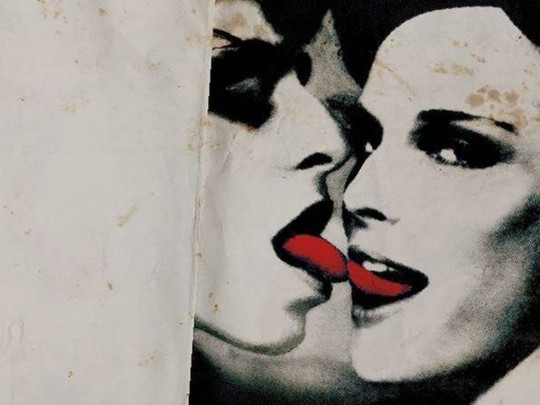
View On WordPress
1 note
·
View note
Text
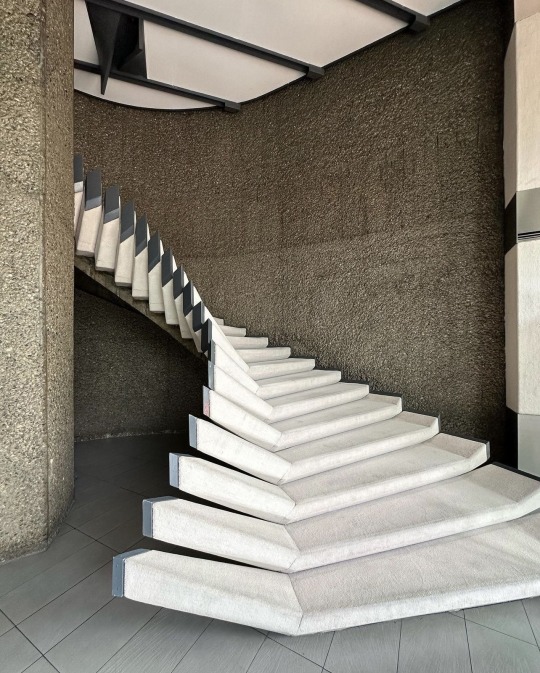
Josep Ribas González: Edificio Colon (1970) Location: Barcelona
2K notes
·
View notes
Photo
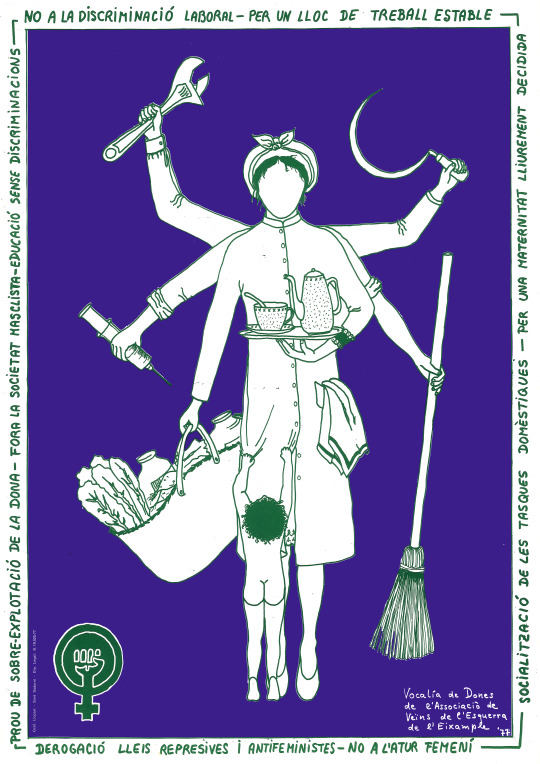
Poster by the women’s group of the neighbourhood organization of the working class neighbourhood l’Esquerra de l’Eixample in Barcelona, Catalonia. From 1977.
In the Catalan language, it says: No to workplace discrimination - for a stable job -- socialization of the domestic chores - for a freely decided motherhood -- abolish repressive and anti-feminist laws - no to feminine unemployment -- stop the over-exploitation of women - out with the sexist society - education without discrimination.
Source: Finestres de la memòria.
#dia de la dona treballadora#il·lustració#arts#women's day#international women's day#1970s#feminism#history of feminism#working class history#graphisme#8m#feminist#poster#illustration#women's rights#coses de la terra#barcelona#langblr
1K notes
·
View notes
Text

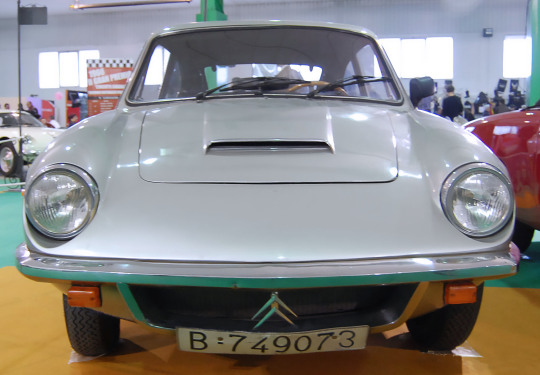

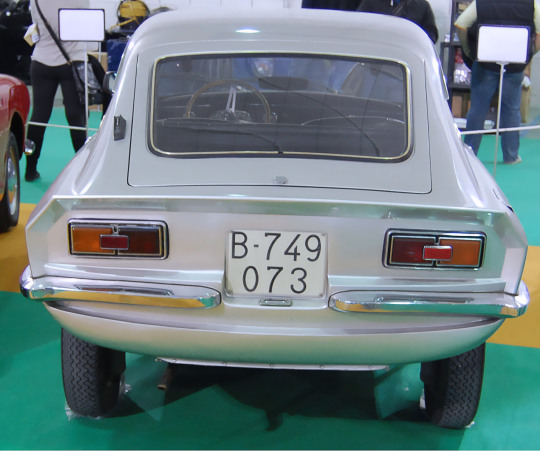
Citroën Dyane 6 Coupé, 1970, by Pedro Serra Vidal. The Dyane was assembled in Vigo, Spain for the Spanish market. The Barcelona-based coachbuilder created this coupé based on the Dyane's platform which was revealed at the Barcelona Motor Show but it remained a one-off.
#Citroën#Citroën Dyane 6 Coupé#Pedro Serra Vidal#1970#coachbuilt#one-off#prototype#boxer engine#flat twin#Barcelona Motor Show
191 notes
·
View notes
Text

Oceanographer Jordi Salat working with the IBM 1130 computing system, Instituto de Investigaciones Pesqueras, Barcelona, c. early 1970s.
#science#oceanography#technology#computers#Jordi Salat#IBM#IBM 1130#Instituto de Investigaciones Pesqueras#Barcelona#Spain#1970s
149 notes
·
View notes
Video
FERRARI 512 M / Carlos MONTEVERDE / BRA / Gary PEARSON / GBR by Artes Max
Via Flickr:
ESPÍRITU DE MONTJUÏCH 2019 / Circuit de Barcelona
#FERRARI#512#1970#Carlos#MONTEVERDE#Gary#PEARSON#GBR#BRA#ESPÍRITU#DE#MONTJUÏCH#2018#Circuit#Barcelona#racing#race#motor#motorsport#photo#picture#classic#historic#racecar#clasico#historico#shell#tergal#escuderia#montjuich
13 notes
·
View notes
Text
Viejos Pins (72)
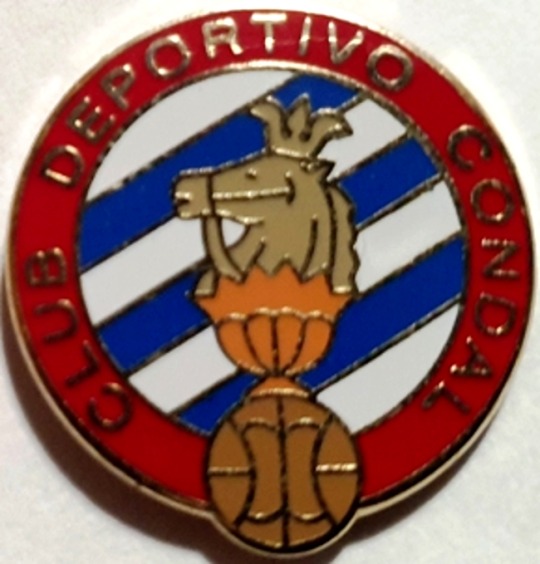
1946/56.
Segunda entrega de pins de clubes catalanes que oficiaron ya como filiales del Barcelona gracias al estupendo material alojado en la web partidaria Pins Penyes.
En 1965 nace el Atlètic Catalunya, sucesor del Fabra i Coats, tras estrechar lazos con el Barcelona. El equipo cambió el uniforme por uno azul-grana, con las franjas más estrechas que las del Barça y pantalón azul. El Condal cambió también su uniforme, vistiendo de azul-grana entre 1968 y 1970.
Tras la Guerra Civil el FC Barcelona firmó un convenio de filiación con el equipo de la empresa textil L'Espanya Industrial, situada en el barrio barcelonés de Hostafrancs.
Gracias a ese acuerdo el equipo fabril pasó a nutrirse de los jugadores que no tenían cabida en la primera plantilla barcelonista, esencialmente sus jóvenes promesas.
En 1953 la Sección Deportiva La España Industrial logró el ascenso a Primera División, cambiando su nombre a Club Esportiu Comtal e interrumpiendo su filiación con el FC Barcelona. Después de un único año en la máxima categoría, el CD Condal (CD CONDAL) reanudó su filiación con el FC Barcelona, jugando durante 15 años a caballo entre Segunda y Tercera División.
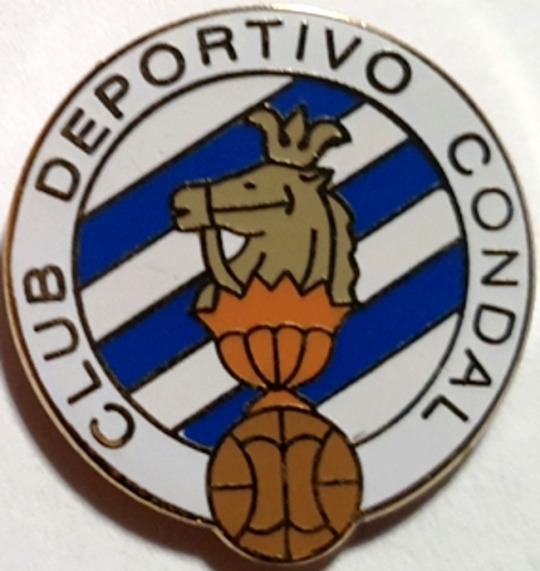
1956/68.
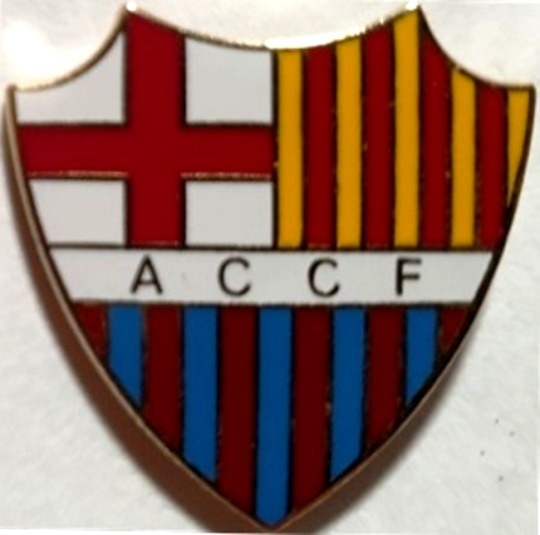
Atlètic Catalunya Club de Futbol (1965).
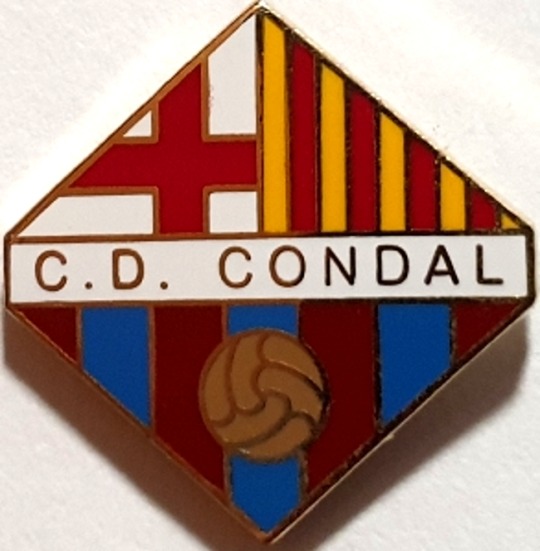
Club Deportivo Condal (1968/70).
#España#Barcelona#Catalunya#Club Deportivo Condal#Atlètic Catalunya Club de Futbol#Filiales#Pins#Espanya Industrial#Fabra i Coats#Guerra Civil#1965#1968#1970#1946#1956#1953
0 notes
Text
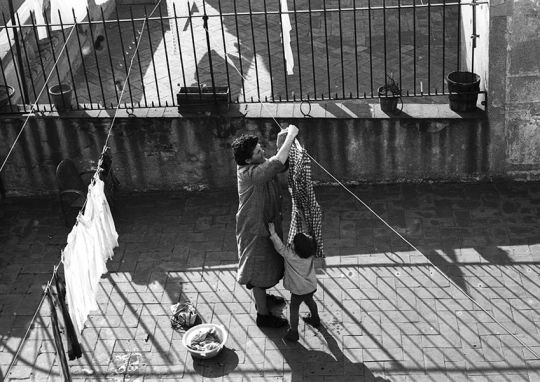

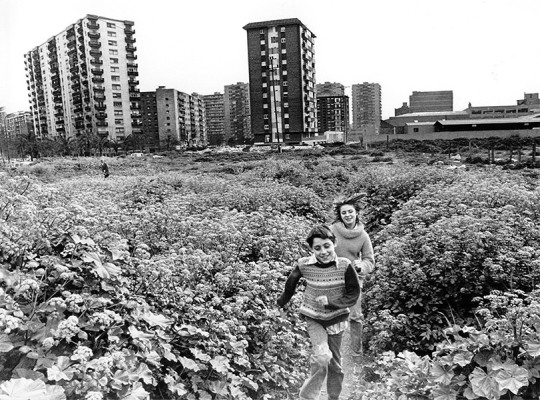
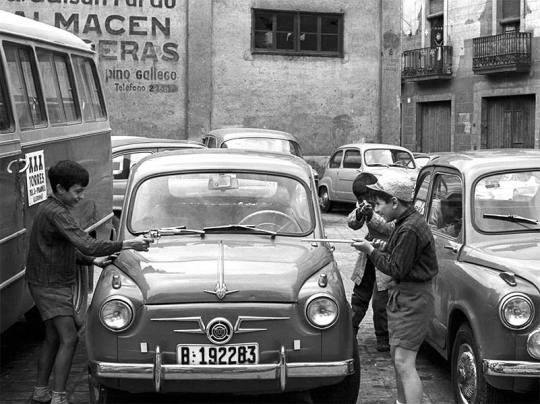
Life in Barcelona from the 1960s and 1970s by Colita
0 notes
Text

Alessandro Tomassetti (1970–present). Canadian artist in Barcelona. oil on canvas
474 notes
·
View notes
Photo


I posted this a while ago, and just ran across a recent article about it, so I want to repost in case you missed it. Late Architect Ricardo Bofill took 45 yrs. to turn this 1970 cement factory into a fairy tale home.

Located just outside of Barcelona the old factory once served as a World War I-era repair shop until Bofill and his team purchased it.

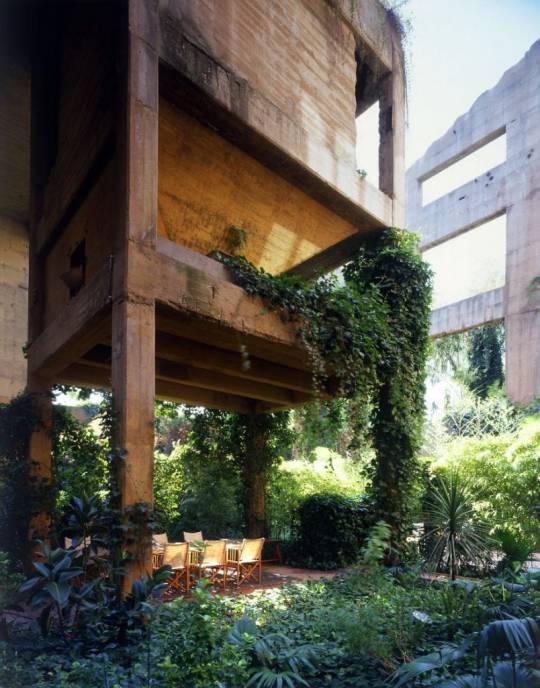
Now the once rundown building is surrounded by vegetation, a modern and luxurious furnished interior and workspace.


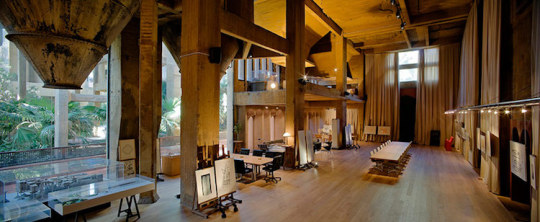
In the workspace part of the building, he left the giant cement works of the factory.
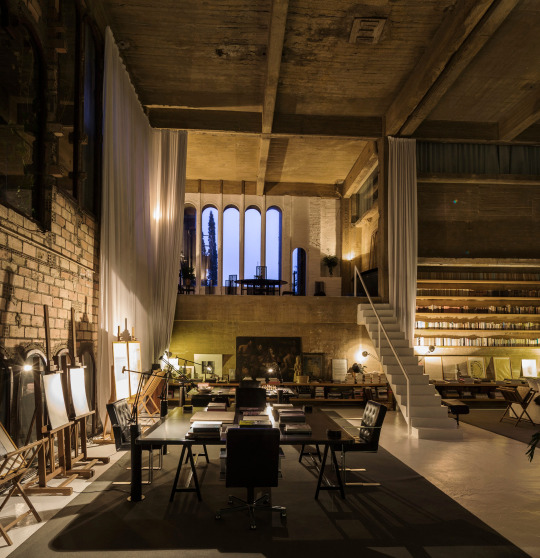
How amazing is this?

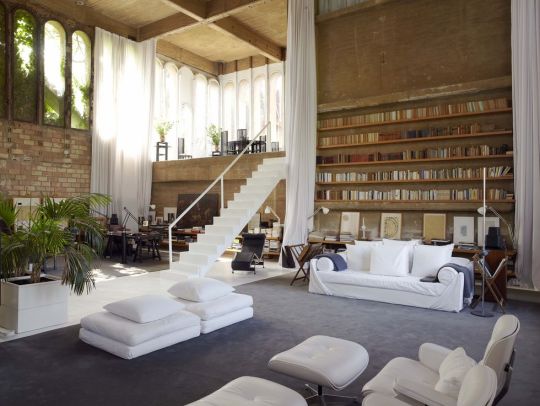
Isn’t this gorgeous, though?

I love these towers- this one is actually made into a room.
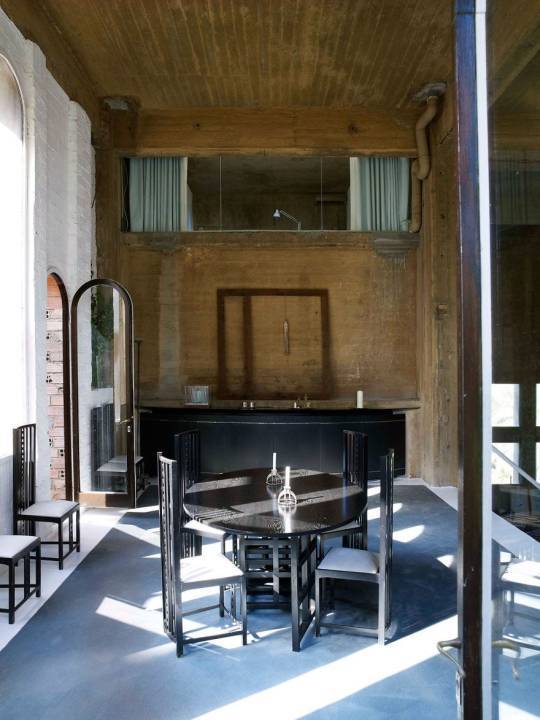
This was such an interesting building to begin with, isn’t it amazing as a home w/all the towers and industrial cement making equipment?

This is the height of the industrial look.
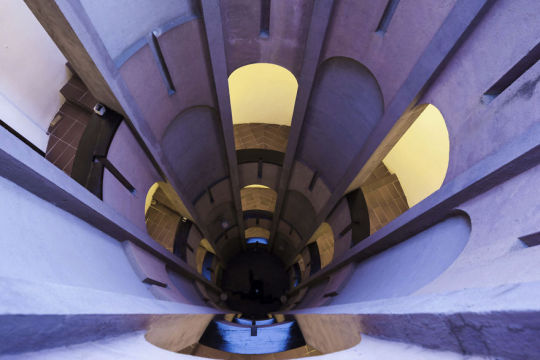
The details- it’s a home like no other.

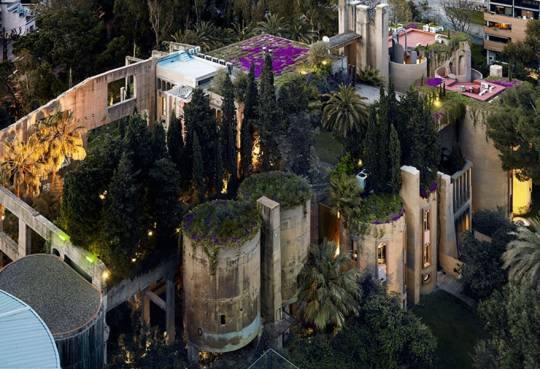
I would definitely live here.
https://canyouactually.com/old-cement-factory/
593 notes
·
View notes
Text


6,000-Year-Old Sandals Found in a Spanish Cave are Europe’s Oldest Shoes
New analysis has identified the oldest shoes ever discovered in Europe, according to a study published this week in the journal Science Advances.
The 22 woven sandals date from 6,000 years ago, radiocarbon analysis found in the study led by researchers at the Autonomous University of Barcelona and Alcalá University in Spain.
The ancient footwear, along with Mesolithic baskets and other tools, was first discovered back in 1857, when a cave in southern Spain was looted by miners. However, when the artifacts were first dated, in the 1970s, they were identified as being about 1,000 years more recent than this latest analysis found.
The very dry conditions within the cave were ideal for preserving perishable materials, the researchers said, and allowed the preservation of a prehistoric burial site complete with partially mummified corpses, accompanied by baskets, wooden tools, sandals and other goods.
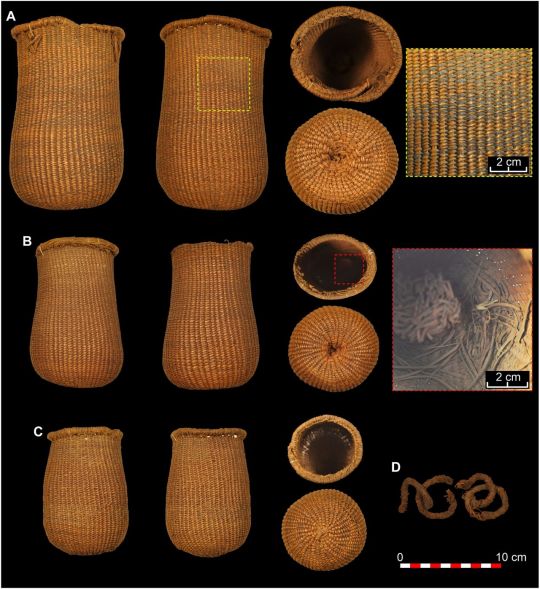

The objects are “the oldest and best-preserved set of plant fiber materials in southern Europe so far known,” María Herrero Otal, one of the study’s authors, said in a statement, adding that they demonstrate “the ability of prehistoric communities to master this type of craftsmanship.”
When Spanish archaeologist Manuel de Góngora y Martínez visited the cave in 1867, 10 years after the looting, he gathered the remaining artifacts, including the sandals, and gave them to museums in Madrid and Granada, where they have been studied by researchers, the study added.
The sandals were made of grasses as well as other materials, including leather, lime and ramie bast, a type of natural fiber.
Using the descriptions provided by Góngora, the study hypothesizes that the bodies were buried wearing the sandals.
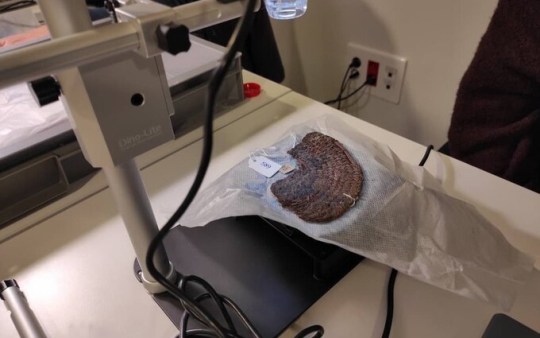
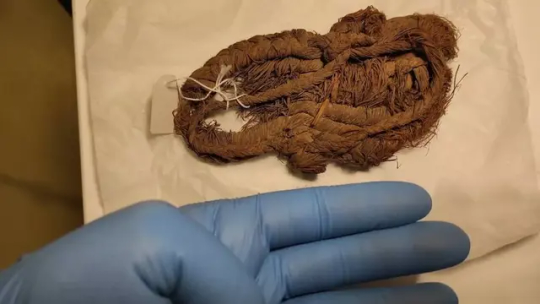
Some sandals had clear signs of wear, while others appeared never to have been worn, suggesting that some people had clothing made especially for their burial.
The researchers also studied several baskets and other wooden artifacts in the collection. These objects “open up groundbreaking perspectives on the complexity of Early-Middle Holocene populations in Europe,” they said, adding that most knowledge of past societies is drawn from durable artifacts rather than perishable ones such as baskets. The Holocene is the current geological epoch, which began 11,700 years ago.
Both the baskets and sandals suggest that the makers had an extended knowledge of the plant resources in the local environment as well as a high level of expertise, the researchers noted.
“The quality and technological complexity of the basketry makes us question the simplistic assumptions we have about human communities prior to the arrival of agriculture in southern Europe,” Francisco Martínez Sevilla, one of the study’s authors, said in a statement.
The study also found that the objects were deposited at the site at two very different times during the Early and Middle Holocene eras. The first phase was related to the Early Holocene hunter-gatherer populations, and the second phase to Middle Holocene farmers, researchers said.
By Issy Ronald.


#6000-Year-Old Sandals Found in a Spanish Cave are Europe’s Oldest Shoes#the oldest shoes ever discovered in Europe#Cueva de los Murciélagos#the Cave of the Bats#Andalusia Spain#ancient artifacts#archeology#archeolgst#history#history news#ancient history#ancient culture#ancient civilizations
128 notes
·
View notes
Video
youtube
Ryuichi Sakamoto (January 17, 1952 - March 28, 2023)
Professor Sakamoto was one of Japan’s most successful musicians, acclaimed for work in Yellow Magic Orchestra as well as solo albums and film scores.
As a member of Yellow Magic Orchestra alongside Haruomi Hosono and Yukihiro Takahashi, Sakamoto created joyous and progressive electronic pop in the late 1970s and early 1980s, alongside solo releases. He acted alongside David Bowie in the 1983 film Merry Christmas, Mr Lawrence and composed its Celebrated theme, the first in a series of film scores including Oscar-winning work in 1987 with David Byrne and Cong Su for Bernardo Bertolucci’s The Last Emperor.
Alongside YMO, Sakamoto continued releasing solo albums including 1980’s B-2 Unit, another influence on the robotically funky sound of electro that also foreshadowed other dance music styles. After focusing purely on solo work, he forged further connections in the west, collaborating with musicians including Iggy Pop, Robert Wyatt, Laurie Anderson, David Sylvian and more. Sylvian contributed Forbidden Colours, a vocal version of one of Sakamoto’s most famous works, the theme to second world war drama Merry Christmas, Mr Lawrence. Sakamoto also starred in the film as a prisoner of war camp commander.
Following The last Emperor (in which he also had an acting role), he collaborated with Bernardo Bertolucci again for The Last Buddha, and with Merry Christmas, Mr Lawrence director Nagisa Oshima for Gohatto. He also scored two films by Brian De Palma (Snake Eyes and Femme Fatale), plus Wild Palms for Oliver Stone, High Heels for Pedro Almodóvar, the 1990 film adaptation of The Handmaid’s Tale, and more. His 2015 score for Alejandro González Iñárritu’s film The Revenant was nominated for Golden Globe, Bafta and Grammy awards. In 2019, he composed the music for an episode of dystopian TV drama series Black Mirror. He took no further acting roles, aside from appearing as a film director in Rain, a music video for Madonna.
Mr Sakamoto released a steady schedule of solo releases throughout the 1990s and onwards, and wrote a piece for the opening ceremony of the 1992 Olympic Games in Barcelona. In 1999 he debuted the multimedia opera project Life, in collaboration with artist Shiro Takatani with contributions from Bertolucci, Pina Bausch and more. He and Takatani extended the concept into installation work from 2007 onwards.
Also in 2007, he began the ambitious Schola project, curating 17 compilations of global music ranging from composers such as Ravel and Beethoven to Japanese pop. It was released via his record label Commons, set up in 2006, which has also released work by artists including Boredoms and OOIOO.
In 2002, he began a fruitful partnership with German musician Carsten Nicolai, who used his Alva Noto alias for four collaborative albums of minimalist electronica.
Mr Sakamoto was also an environmental campaigner, opposing the use of nuclear power, and creating the forestry project More Trees to enable carbon offsetting.
Ryuichi Sakamoto - Merry Christmas, Mr. Lawrence
#youtube#art#music#electro#rip#japan#ryuichi sakamoto#sakamoto#movies#star#legend#the last buddha#bernardo bertolucci#david bowie#brian de palma#madonna#pedro almodóvar#black mirror#oliver stone#yellow magic orchestra#iggy pop#mr lawrence#carsten nicolai#ravel
178 notes
·
View notes
Text
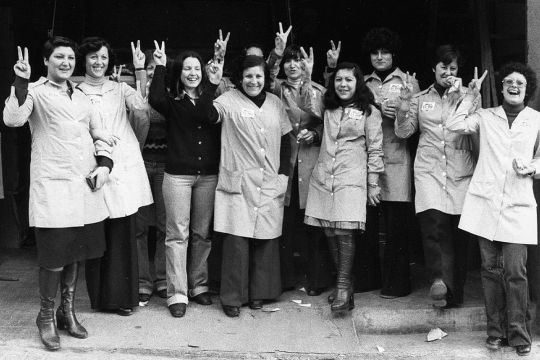
In the 1970s, women started being accepted as spokespeople for trade unions, which until then had been dominated by men.
In this photo: the union representatives for CCOO in the factory Cosmo. Year 1978, Barcelona, Catalonia.
Photo by Pilar Aymerich (source).
#pilar aymerich#història#history#1970s#catalunya#trade unions#feminism#women's history#working class history#vintage photography#1970s style#europe#catalonia#historical photos#photojournalism#labor unions#ccoo#barcelona
55 notes
·
View notes
Text

Josep de Togores (Spanish, 1893-1970) • Noies Catalanrs (Catalan Girls) • 1921 • Museu Nacional d Art de Catalunya, Barcelona, Spain
#art#painting#fine art#art history#josep de tagores#catalan art#spanish artist#genre painting#women in paintings#women in white#la robe blanche art blog#the white dress#early 20th century european art#figurative painting#art blogs on tumblr
43 notes
·
View notes
Text

From: 'A Sweet Wall'. An Activity by Allan Kaprow, [Potsdamer Platz, Berlin], (happening, performance), Galerie René Block, Berlin, November 11, 1970
Exhibition: Allan Kaprow. Altres maneres / Other Ways, Fundació Antoni Tàpies, Barcelona, March 6 – May 30, 2014
#art#photography#fluxus#happening#performance#exhibition#allan kaprow#galerie rené block#fundació antoni tàpies#1970s
44 notes
·
View notes
Text
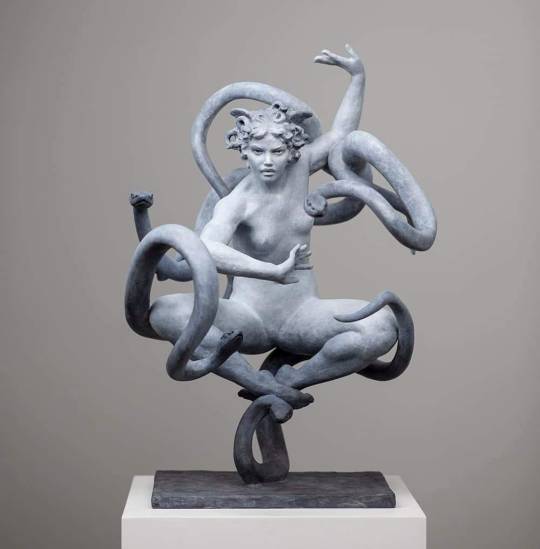


Coderch & Malavia are Joan Coderch (Spanish, b. 1959, Castellar del Vallés, Barcelona, Spain) and Javier Malavia (Spanish, b. 1970, Oñati, Guipúzcoa, Spain) - The Gaze of Medusa, Sculptures: Bronze
44 notes
·
View notes